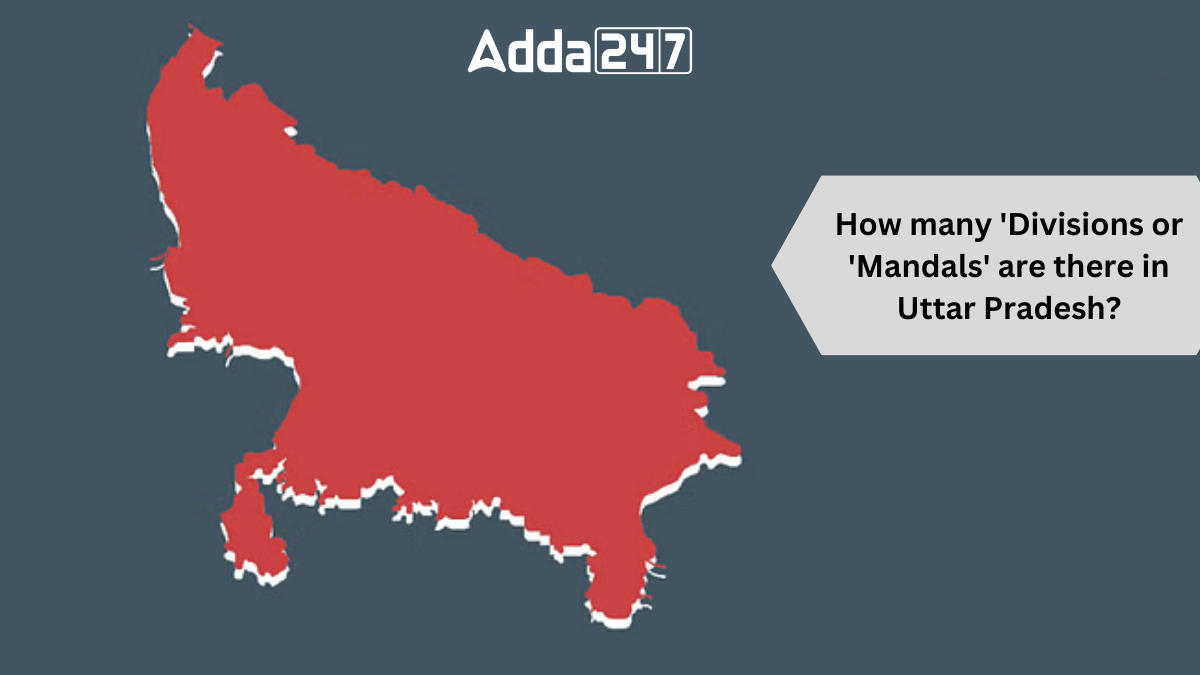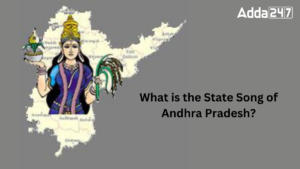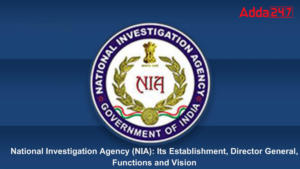Uttar Pradesh is renowned for its rich culture and unique traditions, attracting a large number of domestic and international tourists every year eager to immerse themselves in its vibrant history. As the most populous state in India, Uttar Pradesh is divided into various districts, each encompassing its own distinct heritage. These districts are further organized into different divisions known as “mandals.” Let’s delve deeper into understanding the divisions of Uttar Pradesh.
Total Districts in Uttar Pradesh
Firstly, let’s establish the total number of districts in Uttar Pradesh. The state comprises a total of 75 districts. Among these, the largest district is Lakhimpur Kheri, spanning across 7680 square kilometers, while the smallest is Hapur, covering an area of 660 square kilometers. Uttar Pradesh boasts diverse geographical features, with Ballia in the east, Saharanpur in the north, Sonbhadra in the south, and Shamli in the west. Additionally, the state is home to 822 community development blocks, 351 tehsils, and 17 municipal corporations.
Administrative Divisions in Uttar Pradesh
Uttar Pradesh is divided into different regions or administrative divisions. Currently, there are four main divisions, namely Western Uttar Pradesh, Bundelkhand, Rohilkhand, and Purvanchal Uttar Pradesh. However, parts of Bundelkhand also fall within the boundaries of Western Uttar Pradesh. From an industrial perspective, Western Uttar Pradesh is considered more developed compared to other regions, while Purvanchal is comparatively less developed.
What is “Division” or Mandal”?
Before delving into the details of the divisions in Uttar Pradesh, it’s essential to understand what divisions are. Essentially, states are divided into districts, and to ensure better administrative management, districts are grouped together to form a zone, which is known as a division or mandal. Each mandal comprises multiple districts.
How many Divisions or Mandals are there in Uttar Pradesh?
Uttar Pradesh is divided into 18 divisions, each comprising multiple districts for administrative convenience. These mandals play a crucial role in the governance structure of the state, facilitating effective management and coordination at the regional level. By grouping districts together under divisions, Uttar Pradesh ensures streamlined administrative processes and better allocation of resources to meet the diverse needs of its populace.
List of Divisions of Uttar Pradesh
Uttar Pradesh is divided into 18 divisions, each comprising multiple districts for administrative convenience. Here is the list of all divisions of Uttar Pradesh:
- Aligarh
- Agra
- Lucknow
- Azamgarh
- Kanpur
- Gorakhpur
- Chitrakoot
- Jhansi
- Devipatan
- Ayodhya
- Basti
- Bareilly
- Vindhya
- Muradabad
- Meerut
- Prayagraj
- Varanasi
- Saharanpur



 Who is the Inventor of the Gramophone?
Who is the Inventor of the Gramophone?
 What is the State Song of Andhra Pradesh...
What is the State Song of Andhra Pradesh...
 National Investigation Agency (NIA): Its...
National Investigation Agency (NIA): Its...
